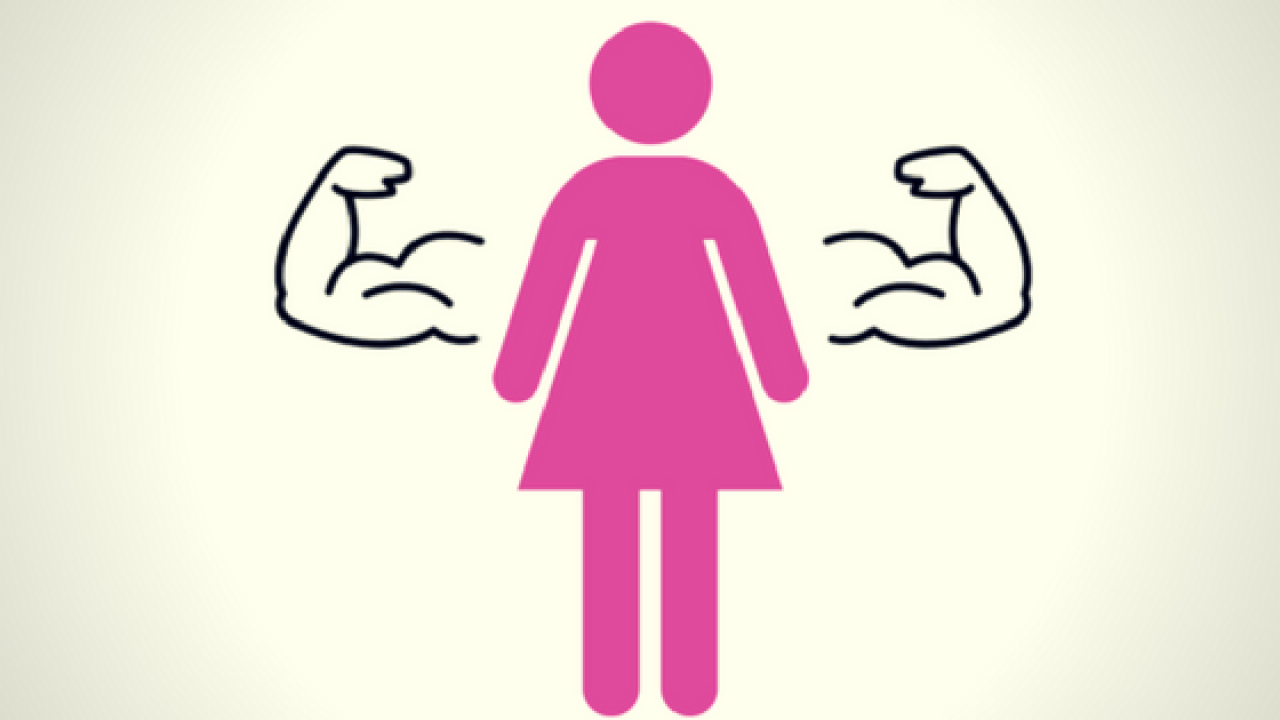Visitors have accessed this post 334 times.
Women Empowerment
Women empowerment is when women have the freedom and choice to make their own decisions. Women have been subjected to injustice for decades. They have been treated as non-existent for decades. It is closely aligned with female empowerment a fundamental human right that’s also key to achieving a more peaceful, prosperous world
In Western countries, women’s empowerment has historically been associated with specific stages of the women’s rights movement. The movement is divided into three-waves of the 1960s, including the sexual revolution and the role of women in society. Third wave feminism is mostly seen to have started in the 1990s. But, despite a huge improvement, women and girls in every part of the world face discrimination and violence.
“ A woman with a voice is, by definition, a strong woman. “
Historical Indian Actions for Women’s Empowerment:
Women’s power arises from change. Here are some historical facts that have contributed to the advancement of women.
·
· 1956 – The Immoral traffic prevention act:

Meaning of immoral traffic:
Immoral abduction is a violent attack on human security, and it is shocking and widespread. Trafficking in human beings involves the movement of men, women and children from one place to another, often putting them in conditions of forced labor.
· 1961- The dowry Prohibition act

When did the Dowry Prohibition Act come about?
The Dowry Prohibition Act, 1961, (Acts No. 28, 1961) was passed by Parliament in the twelfth year of the Republic of India.
Dowry’s death is punishable by up to seven years in prison, but life imprisonment can be extended.
· 1961 – The maternity Benefit Act:

A law to regulate the employment of women in certain companies for a certain period of time after childbirth and to provide maternity benefits and some other benefits
· 1976- The equal Remuneration Act:

Wages are the basic pay / salary and additional wages to be paid in cash or in kind to the employed person in respect of the employment, if the terms of the employment contract or implicitly fulfilled.
· 1987- The commission of the Sati Prevention Act:

The law that most effectively prevents conspiracy and its glorification and related or accidental things.
· 2005- The Hindu succession Act:

Under the Hindu Inheritance Act, 1956, women are given the right to all property acquired before or after the law is signed, removing their “limited ownership” status. However, until the 2005 amendment, daughters were not allowed to inherit property equally with sons. It always gives property to women.
Indian culture is made up of individuals who have a place in practice with a variety of strong beliefs. In every religion, women are given a unique place and every religion helps to approach women with respect and honesty. However, in one way or another, a variety of physically and mentally ill practices against women have long since become a standard. Therefore, it focuses not only on strengthening women and abilities that motivate women to recover from their hopeless situation but also on the need to educate men about women’s issues and instill in women a sense of equal respect and duty. In the present review, we will try to portray the concept of privileges for women in India in all its full aspects.
· 2006- The Prohibition of Child Marriage Act:

Common causes of child marriage include poverty, illiteracy, and insecurity. However, child marriage has various consequences. These include sociological and psychological consequences such as denial of the right to education, early parenting, and disruption to the physical and mental development of both men and women.
Child marriages have been shown to be more destructive to girls than men. Women expect to make big changes early in life. Women are often subjected to various crimes such as domestic violence and marital rape. To prevent severity.
· 2013 – The Sexual Harassment of Women at workplace act

The Sexual Harassment of Women at Workplace (Prevention, Prohibition and Redressal) Act was passed in 2013. It defined sexual harassment, lay down the procedure for a complaint and inquiry, and the action to be taken. Sexual harassment is against the law. Some forms of sexual harassment may be an offense under criminal law, as well as indecent exposure, stalking, sexual harassment, and obscene or threatening communications, such as phone calls, letters, emails, text messages, and posting on social networks. Sites.
Conclusion:
Women represent half the world’s population and gender inequality exists in every nation on the planet.
“Women’s oppression is an obstacle; powerful and free women created a miracle.”
Keywords: –
Women empowerment, The historical act of women empowerment, The meaning of Immoral traffic prevention act, The dowry Prohibition act, The Maternity Benefit Act, The equal Remuneration Act, The commission of Sati Prevention Act, The Hindu Succession Act, The Prohibition of Child Marriage Act, The Sexual Harassment of Women at workplace act, Conclusion.
